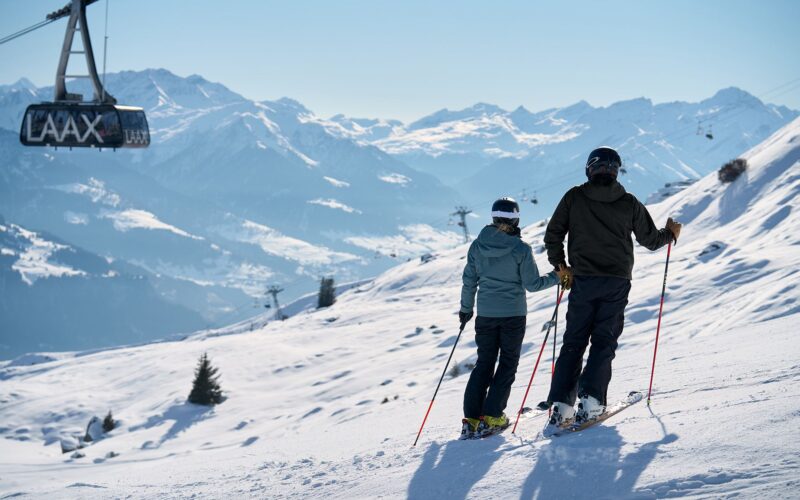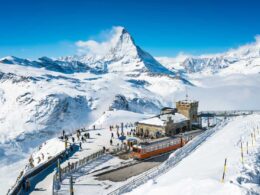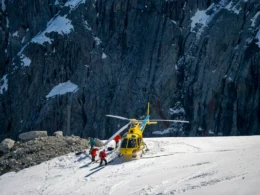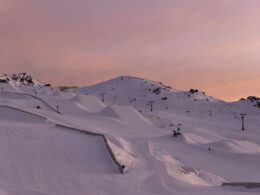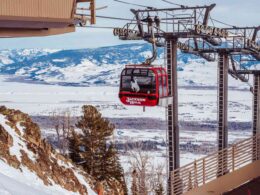Traditionally, ski areas in Australia open on the second Monday in June, coinciding with the official birthday of the Monarch. However, this year, low snow levels and a new report highlight concerns about the future of skiing Down Under.
Current Conditions
Despite some natural snowfall and resorts making snow when possible, it hasn’t been sufficient. Victoria’s ski resorts are taking advantage of cold temperatures and using their five all-weather snowmaking machines to create some of the best conditions. Currently, only the Bourke Street chairlift is operational, providing access to a single lane of man-made snow.
Falls Creek, also in Victoria, can’t operate its lifts due to a lack of snow but remains open with various non-snow activities.
Other Resort Updates
Mt Hotham, while lacking adequate snow for skiing, offers other attractions for the King’s Birthday long weekend, including hot chocolates, jam donuts, s’mores, and a fireworks display on Sunday evening.
In New South Wales, Perisher has opened only a beginner area, and nearby Thredbo’s slopes remain closed, with two chairlifts available solely for scenic rides.
Climate Concerns and Future Projections
A recent report by Protect Our Winters Australia (POW) and The Australian National University (ANU) paints a concerning picture of the future due to global warming. The Australian ski industry faces shorter seasons if climate pollution continues at current levels. The report models various scenarios for the ski season by 2050:
- 55 days shorter under a high-greenhouse gas emissions scenario
- 44 days shorter under a mid-greenhouse gas emissions scenario
- 28 days shorter before starting to improve by 2080 if emissions are reduced
The report indicates a sharp decline in snowfall under mid- and high-emissions scenarios.
“Last year’s ski season was tough, with minimal snowfall and some resorts closing early,” said Sam Quirke, Director and Lead Advocate of Protect Our Winters Australia. “This report shows that ski seasons will become more erratic and harder to predict due to global warming unless we take action.”
Ruby Olsson, co-author of the report and ANU researcher, emphasized the need for reducing greenhouse gas emissions to minimize the impact of climate change. “We need to support vulnerable resorts to diversify into year-round tourism,” she said. “A coordinated approach between state governments and bodies like the Australian Alps Liaison Committee or Australian Alps Ministerial Council is essential to support the most at-risk ski resorts.”
While Australian ski resorts are making the best of current conditions with celebrations and activities, the long-term outlook remains challenging. Efforts to reduce greenhouse gas emissions and diversify resort offerings are crucial to sustaining the ski industry in the face of global warming.
